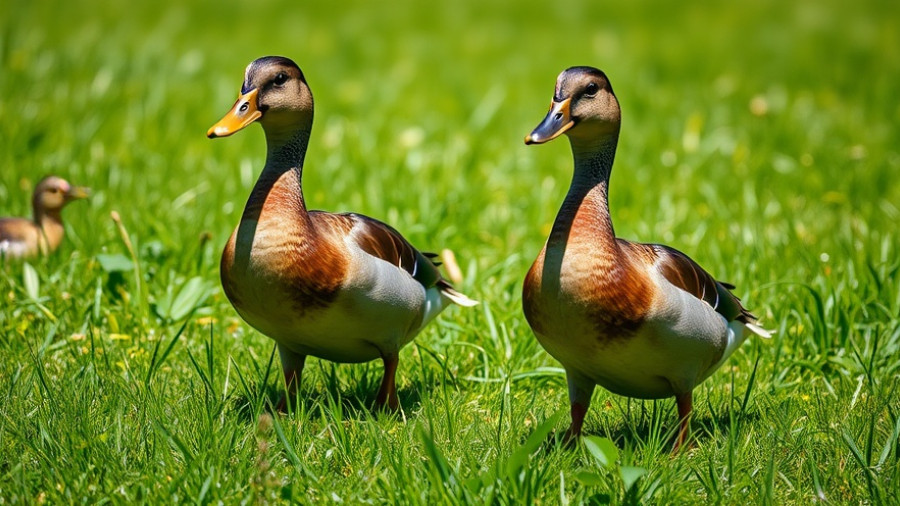
Shifting Responsibilities in Bird Flu Battle
As the dangerous strain of bird flu, known as H5N1, continues to wreak havoc among livestock in the US, the responsibility for combating its spread has shifted from public health agencies to the US Department of Agriculture (USDA). After taking office, former President Donald Trump slashed preparations previously laid out by the Department of Health and Human Services (HHS) to address the threat of a potential pandemic. This has paved the way for the USDA to increase its efforts in preventing the virus's spread.
The Seriousness of H5N1
H5N1 has been known to have a high mortality rate among humans, killing nearly half of those who tested positive worldwide since 2003. Rapid spread among avian species seems to be exacerbated by recent mutations that have allowed the virus to infect non-avian mammals, including dairy cows in Texas. With over 1,070 herds impacted across 17 states, experts warn that the risk of H5N1 mutating into a more transmissible form for humans is rising.
Proactive Measures Taken by USDA
In response to this rising threat, the USDA has unveiled a $1 billion plan aimed at combating H5N1, emphasizing biosecurity assessments on farms to help prevent outbreaks. The agency is committed to funding the development of vaccines specifically for livestock while advancing farmers' defenses against the virus. Already, around 150 facilities have undergone evaluations, yielding promising feedback on enhancing protections.
Current Trends and Future Implications
Interestingly, while the number of affected poultry flocks has sharply declined under the current administration—95% fewer cases reported recently—experts suggest this could be a temporary respite. A lull in migratory bird movements may have lessened the opportunities for H5N1 to spill over into livestock populations, leading to fewer cases. However, vigilance remains crucial, as continued outbreaks in mammals alongside poultry pose an ongoing public health risk.
What This Means for Public Health
With H5N1's capacity to jump species, public health vigilance is paramount. Experts claim that even one case spreading among humans could signal a potential pandemic. The USDA's proactive measures may be effective, but these need to be paired with a robust public health strategy to ensure the safety and preparedness of the population. Understanding the evolving landscape of H5N1 transmission is critical for all stakeholders.
 Add Row
Add Row  Add
Add 




Write A Comment